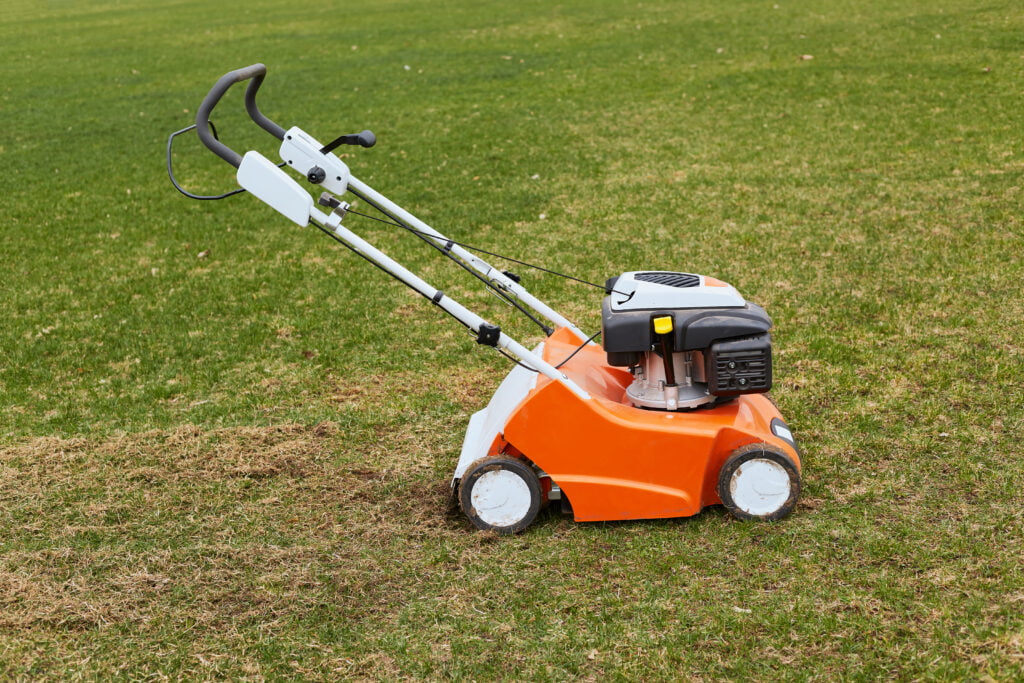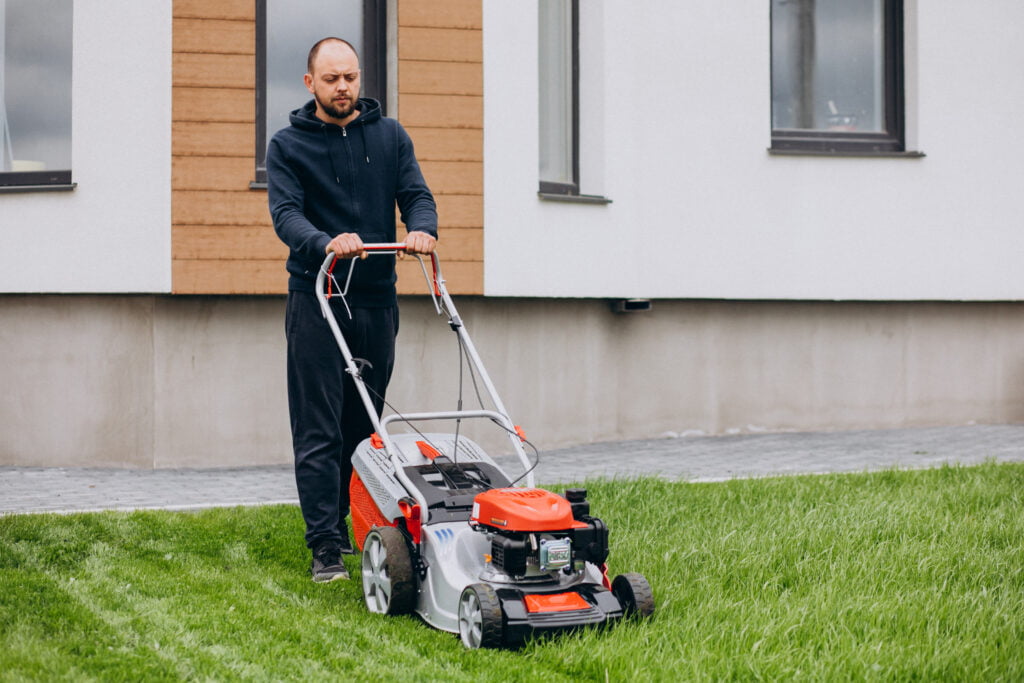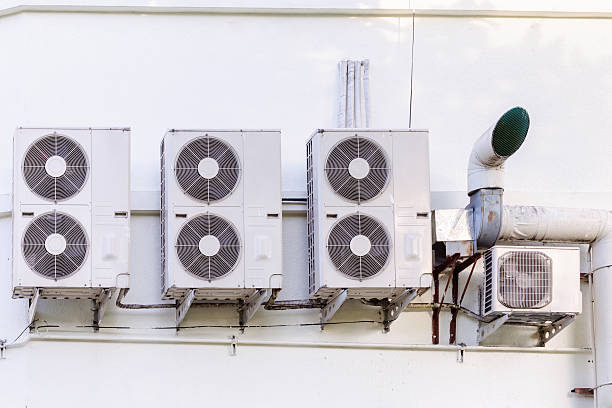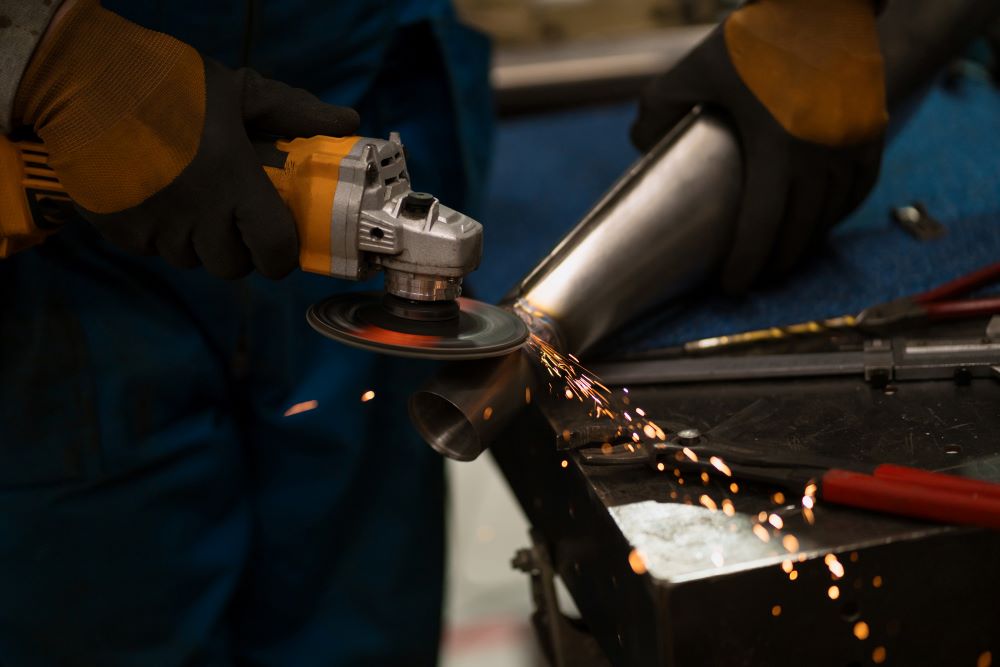Maintaining a lush and healthy lawn requires more than just occasional mowing. Proper lawn mowing techniques play a crucial role in preventing common lawn issues and ensuring that your grass remains vibrant and resilient. From reducing the risk of diseases to preventing weed growth, the way you mow your lawn can significantly impact its overall health and appearance. In this blog, we will explore the role of proper lawn mowing techniques in preventing common lawn problems and provide practical tips for keeping your lawn in optimal condition.
Understanding the Impact of Mowing on Lawn Health
Mowing is an essential aspect of lawn care that influences various factors affecting the health of your grass. Proper mowing techniques can prevent a range of issues, including:
Lawn Diseases: Improper mowing practices can stress the grass, making it more susceptible to diseases. For instance, cutting grass too short or with dull blades can create wounds that allow pathogens to enter. Additionally, mowing when the lawn is wet can spread diseases from one area to another.
Weed Growth: Weeds can thrive in poorly maintained lawns, often taking advantage of areas where the grass is weak or thin. Proper mowing helps maintain a dense and healthy turf that can outcompete weeds, reducing their chances of establishing themselves.
Pest Infestations: Pests such as grubs and chinch bugs can damage lawns, particularly when the grass is stressed or unhealthy. Proper mowing techniques, combined with other lawn care practices, can help prevent pest problems and keep your lawn robust.
Thatch Buildup: Thatch is a layer of organic matter that accumulates between the soil and the grass. While a thin layer of thatch can be beneficial, excessive buildup can restrict water and nutrient absorption. Proper mowing techniques can help manage thatch and prevent its accumulation.
Soil Compaction: Frequent mowing on compacted soil can exacerbate the problem, making it harder for water and nutrients to reach the roots. Proper mowing practices, along with aeration, can help mitigate soil compaction.

Key Mowing Techniques to Prevent Lawn Issues
Mow at the Right Height
Mowing at the correct height is one of the most important factors in maintaining a healthy lawn. Different types of grass have different optimal mowing heights. Cutting the grass too short can stress it, leading to problems such as reduced drought resistance and increased vulnerability to weeds and diseases. Conversely, letting the grass grow too tall can make it difficult to mow effectively and may result in an uneven appearance.
To determine the appropriate mowing height, consider the type of grass you have and follow general guidelines. For example, cool-season grasses like Kentucky bluegrass and fescue should be mowed to a height of 2.5 to 3.5 inches, while warm-season grasses like Bermuda grass and zoysia grass typically do well at 1.5 to 2.5 inches.Avoid Cutting More Than One-Third of the Grass Height
One of the key principles in mowing is the “one-third rule,” which suggests that you should never remove more than one-third of the grass height in a single mowing session. Cutting too much grass at once can stress the plant and leave it more susceptible to diseases and pests. Instead, aim to mow more frequently to keep the grass at the recommended height and avoid cutting too much at once.Use Sharp Mower Blades
Sharp mower blades are essential for a clean and precise cut. Dull blades can tear the grass rather than cut it cleanly, leading to ragged edges and increased susceptibility to diseases. Regularly sharpen or replace mower blades to ensure that the grass is cut cleanly and evenly.Mow When the Grass is Dry
Mowing when the grass is wet can cause clumping and uneven cutting, and it can also spread diseases from one part of the lawn to another. Aim to mow when the grass is dry to achieve a cleaner cut and reduce the risk of spreading diseases. If possible, wait for the lawn to dry out after a rainfall or irrigation before mowing.Alternate Mowing Patterns
Changing your mowing pattern regularly helps prevent soil compaction and promotes even growth. Mowing in the same pattern each time can create ruts and lead to uneven growth. Alternate between different mowing patterns, such as mowing in straight lines one week and diagonal lines the next, to maintain a smooth and even lawn surface.Maintain Proper Mowing Equipment
Keeping your mowing equipment in good condition is crucial for effective lawn care. Regularly check and maintain your mower to ensure it operates efficiently. This includes cleaning the mower after use, checking for and repairing any damage, and performing routine maintenance tasks such as changing the oil and air filters.Follow a Consistent Mowing Schedule
A consistent mowing schedule helps maintain a well-groomed and healthy lawn. Depending on the growth rate of your grass and the season, you may need to mow weekly or biweekly. Regular mowing helps keep the grass at an optimal height, prevents it from becoming too tall, and contributes to a uniform and attractive appearance.Pay Attention to Lawn Conditions
Monitor the condition of your lawn and adjust your mowing practices accordingly. For example, if you notice areas of the lawn that are struggling or showing signs of stress, such as brown patches or thinning, consider adjusting the mowing height or frequency. Addressing issues promptly can help prevent them from becoming more severe.

Additional Lawn Care Practices to Complement Mowing
While proper mowing techniques are essential, they should be complemented with other lawn care practices to achieve the best results:
Fertilization: Regular fertilization provides essential nutrients to the grass, promoting healthy growth and enhancing the lawn’s resilience to stress. Follow recommended fertilization schedules and use appropriate fertilizers for your grass type and soil conditions.
Watering: Adequate watering is crucial for maintaining a healthy lawn. Water deeply and infrequently to encourage deep root growth. Avoid shallow and frequent watering, which can lead to shallow roots and increased susceptibility to drought.
Aeration: Lawn aeration helps alleviate soil compaction and improve water and nutrient absorption. Aerate your lawn annually or as needed, particularly in high-traffic areas or lawns with heavy clay soil.
Weed and Pest Control: Implement integrated pest management and weed control strategies to address common lawn issues. This may include using herbicides or pesticides as needed, along with cultural practices that prevent weed and pest problems.












